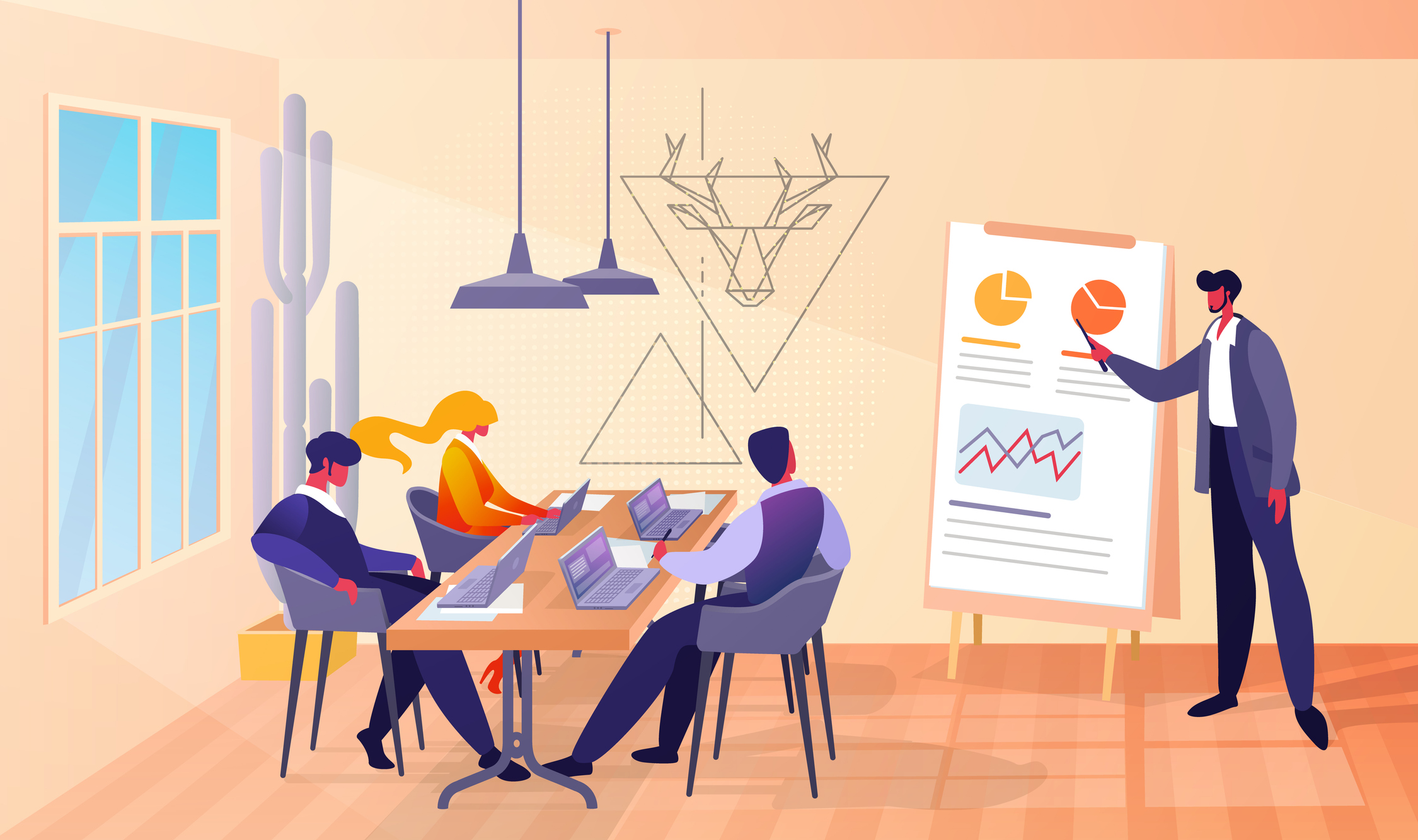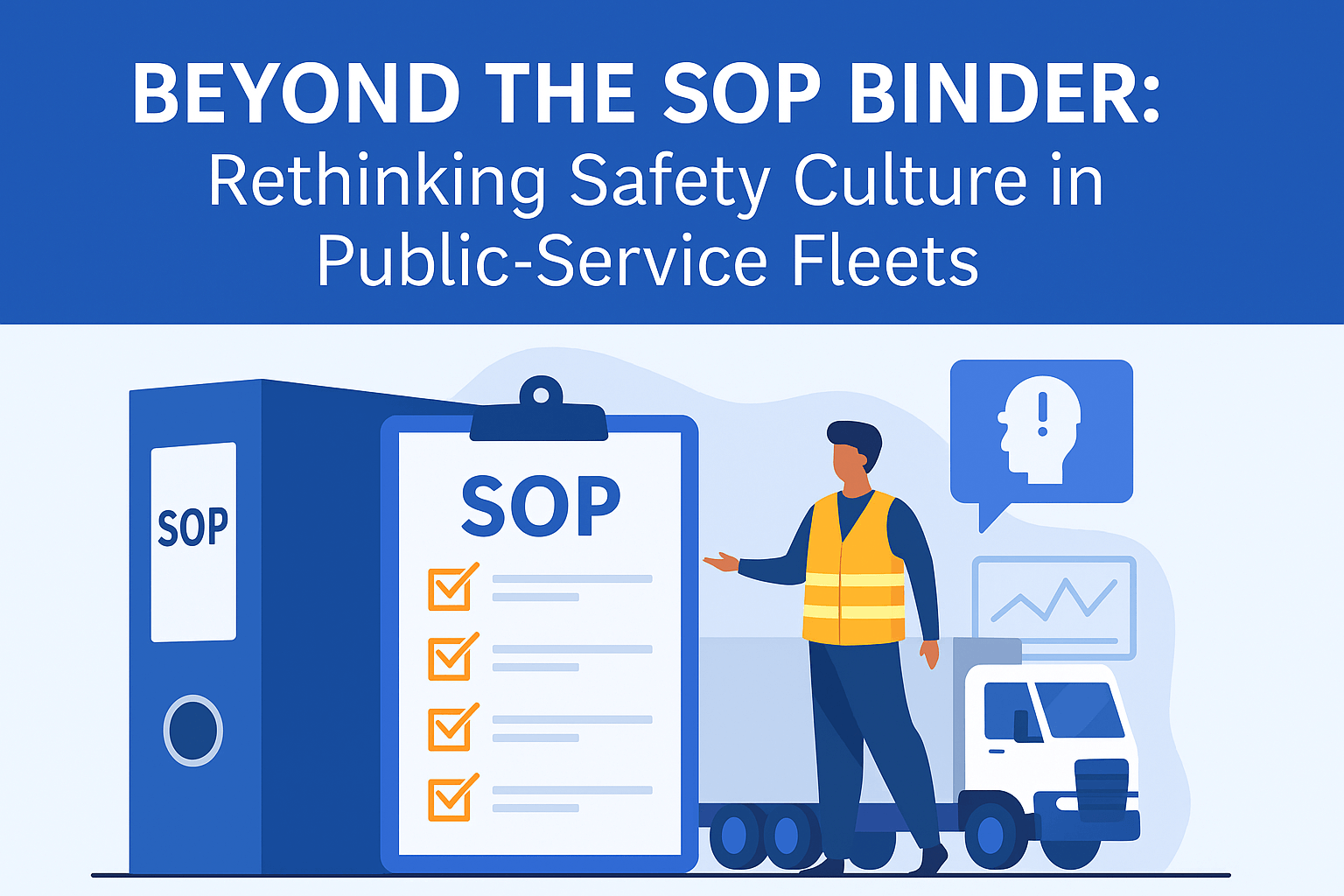
Latest Developments in Training
Training has come a long way from the droning, monotonous lectures that often put half of the employees to sleep. Fresh training methods are now able to keep employees fully awake, engaged, and actually enjoying the learning process. Two of the hottest developments are microlearning and interactive technology, and both can be incorporated into your existing training process.
Microlearning
Microlearning is a process that relies on small moments of learning to enhance job performance and further employee development. The method is short, to the point, and based on a specific problem or subject. It’s particularly useful when employees need quick instructions for completing a task at hand, or for reviewing a snippet of information.
One of the reasons microlearning works so well is because it mimics the way information comes to the brain on a daily basis. Most people are exposed to small chunks of information through apps and mobile devices, readily picking up the snippets and incorporating them into their lives as needed.
Such short, repetitive bursts of learning are believed to lead to an increase in long-term memory retention and understanding. The more frequently information is repeated and used over a period of time, the more deeply ingrained it’s likely to become in the brain’s long-term memory.
While longer and more intense periods of learning are often required, they can lead to information overload. Information becomes more difficult to digest and retain when it’s provided in one fell swoop, rather than spaced out in smaller portions over time. Not only is information typically better understood and retained when provided through microlearning, but it’s also more easily put into use on the job.
Technology
Technology has come to play a huge role in learning, particularly interactive technology that heightens employee engagement. The more employees are engaged with others and the material, the greater the likelihood of being able to retain and use the information they’ve learned. In fact, hands-on interaction is one foundation of learning, and technology has stepped up to make it happen in a number of ways.
- Gaming technology involves the use of interactive games designed to boost employee knowledge during and after training. The games can be set up and played on a variety of devices, and they may even include augmented or virtual reality eyewear and simulators. Due to their ability to provide memorable employee engagement, interactive games are known to increase test scores and long-term retention rates.
- Immediate response systems involve the use of handheld devices for students to provide immediate feedback to the instructor. Depending on the setup and system, students may remain anonymous as they use their mobile devices or remotes to answer questions or provide input. Like gaming, immediate response systems transform the learning environment into an interactive one where information is more readily absorbed and retained.
- Video conferencing provides a face-to-face learning opportunity for individuals and groups located anywhere around the world. Skype is a prime example of video conferencing in action, with other platforms specifically designed for the corporate sector.
Incorporating New Developments in Current Training Process
Human interaction remains one of the most important elements of training, whether employees are interacting with their instructor or among themselves. Macro-learning also remains essential when large amounts of material need to be covered, such as with new employees or major shifts within the company.
Microlearning and technology can be added to your training process when specific information needs to be reinforced, or smaller quantities introduced. Both can also help to increase interaction between employees and the material, providing deeper and more meaningful engagement than passively listening to a lecture or reading from a handout.
Microlearning stations could be placed in work areas, allowing employees to quickly search for information based on keywords before they begin a task for which they’d like instructions or a review. Gaming stations may be put in cafeterias or employee break rooms, encouraging employees to challenge themselves or their colleagues to an interactive learning session.
Immediate response technology can be woven into macro-learning sessions in several different ways. Questions may be embedded into presentations, inviting audience members to respond when the question comes up. The response results can be displayed in real time to show how many knew the right answer. Real-time quizzes can also be incorporated into the presentations at any time to gauge how well employees are absorbing the material.
Video conferencing gives employees a way to connect face-to-face with instructors without having to travel to a single location. Through video conferencing, a single trainer could cover all training of employees at multiple locations at once, all while retaining the value of face-to-face interaction.
These are just a few of the ways microlearning and technology can be used to enhance your existing training process. You’re sure to think of many others if you move forward to embrace these new developments that benefit your employees as well as your overall company.







